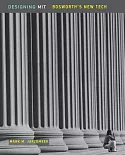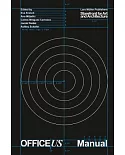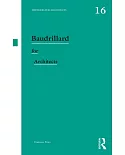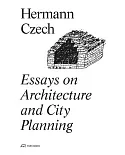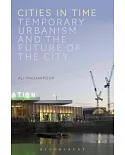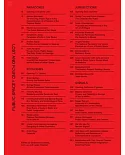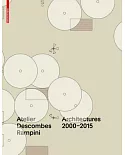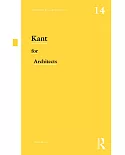The continual struggle of conservators to ameliorate the deterioration of objects usually means adding other materials, both traditional and synthetic. These materials and methods are part of
the sophisticated Technology that has been developed to preserve, stabilise, and restore this Heritage. However, conservators must have the knowledge to appreciate the potentials and pitfalls
of any proposed technique, old or new. This is the standard text for students and practitioners alike, providing in convenient form an up to date summary of necessary information. This second
edition has been re-written to incorporate the explosion of scientific understanding of polymers, particularly natural products, adding these insights to the expanding expertise and
observations of conservators.
The first section explains physical and chemical properties which are important in the conservation process, i.e. application. ageing, reversal. The topics covered include molecular weight,
glass transition temperature, solubility and solvents, polymerisation and degradation reactions, adhesion, and uses. The second section provides detailed consideration of the individual
materials, current and obsolete, used in conservation, drawing out the factors relevant to their effects on objects. The conservation uses each material are summarised and referenced to allow
further study. In four appendices, the properties of the polymers, solvents and their interactions are tabulated, health and safety information (including the soon-to-be-implemented global
system), and a glossary of terms have been added. IUPAC and SI nomenclature is used throughout the book.
This book should he on the bookshelf' of every conservator Who uses adhesives, consolidants or coatings, irrespective of which type of object is being treated.


